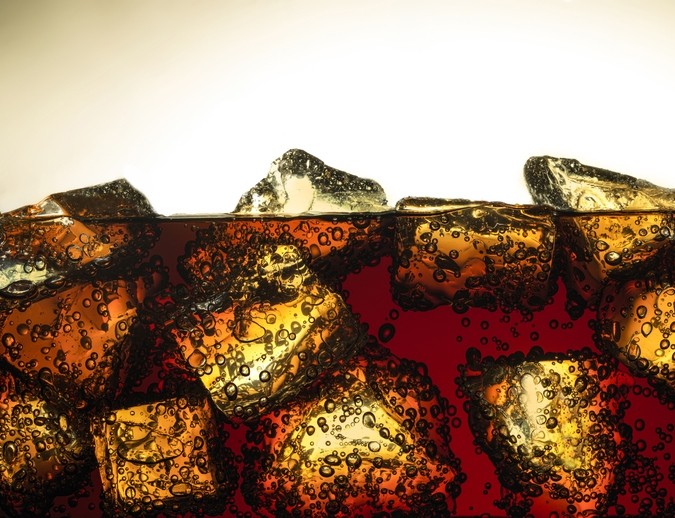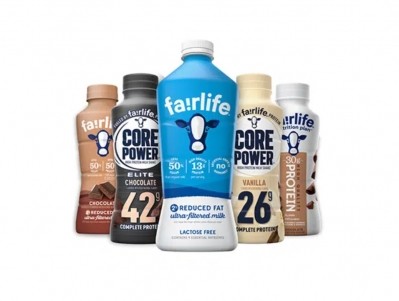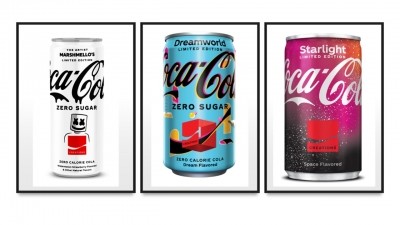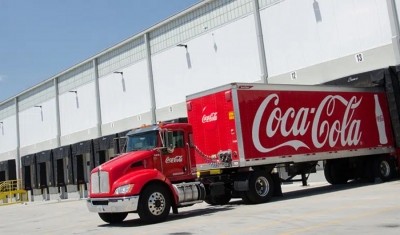Coca-Cola bets on experiential marketing, price-pack architecture to offset price hikes

At the same time, they acknowledged, the company faces increased competition from private label in the US and Europe – prompting it to double down on its strategy of offering both affordable and premium options as well as drive brand awareness and loyalty through experiential and personalized marketing.
Confident in this balancing act and encouraged by a 6% increase in revenue in the second-quarter from a year ago to $12bn, the company raised its full year guidance so that it now expects a full-year revenue increase between 8% and 9% compared to a previous expected range of 7% to 8%. It also forecasts earnings per share growth of 9% to 11% -- up from a previous forecast of 7% to 9%.
Consumers mostly accept price increases so far, but that could change
Coca-Cola’s sales gains in the quarter came primarily from earlier implemented price increases, including a 10% average hike in the three months ending June 30 that was instituted to offset rising inflation.
Overall volume during the period was flat, but CEO James Quincey was optimistic that “after a slower start, it sequentially improved, with June being our strongest month in the quarter.”
Taking this as a sign that consumers are accepting price increases, Quincey suggested the company may take additional price in the coming months in countries where inflation remains high above 20%.
“Inflationary pressures are beginning to moderate in some ways, including freight rates that are favorable compared to last year. That said, several commodities that are prevalent in our basket, like sugar and juice, remain elevated and we have some hedges that we will be rolling off to less favorable rates. Based on current rates and hedge positions, we continue to expect per case commodity price inflation in the range of mid-single digit impact on comparable cost of goods sold in 2023,” CFO John Murphy said.
With this in mind, Quincey said he expects volume to be consistent in the second half of the year with the first half, “which in the end is running on a trade, if you like, a CAGR versus 2019, so similar to what we did last year.”
Countering the threat of private label
Even as the company contemplates addition price increases, the executives acknowledge that consumers are becoming increasingly cost conscious, which is pushing them to look for value either by stocking up on sale items or trading down to private label in some categories.
“Private label switching is principally a feature firstly in Europe, and then to some extent also in the US,” and mostly occurring in the water and juice segments rather than sot drinks and “certainly less when you get to colas,” Quincey said.
In response, he said, the company will continue to pursue a duel strategy of price-pack architecture and personalized or experiential marketing to win over consumers.
“Premiumization remains an opportunity, but we need to anchor and continue to evolve and adapt our strategies on affordability, whether that be refillables, whether it be affordable small packs or affordable future consumption packs, that has become something that is a tested strategy in inflationary environments, well learned in Latin America, for example, but now applied, has been for a number of years in Europe and the US,” he said.
As part of this strategy, Quincey said the company may pursue “a little more promotion than the first quarter, but basically, promo levels are very similar to prior years and not as a step up.”
Experiential marketing helps Coca-Cola Co appeal to Gen Z, gain share
Coca-Cola also seeks to gain share and grow its base of Gen-Z drinkers through engaging local experiences.
“A great example is A Recipe for Magic, which was activated in more than 50 markets and celebrates consuming Coca-Cola with meals. The campaign was supported by experiences using local chefs, leveraging approximately 750 influencers globally and was brought to life through social media and recipe focused billboards,” Quincey said.
“With Sprite we are driving brand awareness by connecting consumers to passion points and personalized experience at a more granular and locally relevant level through our global Heat Happens platform. In North America, Sprite celebrated Hip-Hop’s 50th anniversary with the launch of Sprite Lymonade Legacy and sponsorship of concert tours, exclusive experiences and collaboration with prominent artists,” he added.








